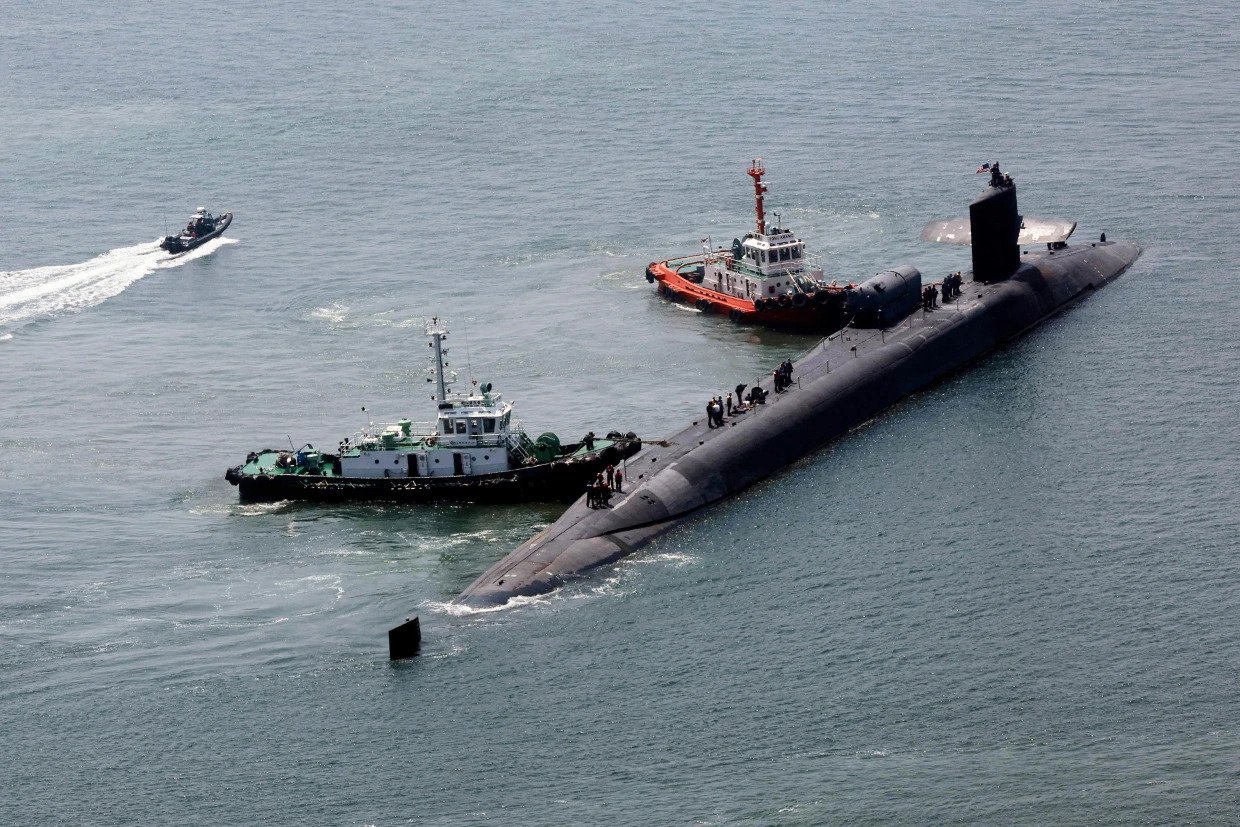

Do nuclear submarines have an advantage against aircraft carriers?
Yes, nuclear submarines do have several advantages against aircraft carriers. Here are some detailed explanations with examples and references:
1. Stealth and Detection: Nuclear submarines are designed to operate silently and remain undetected underwater, giving them a significant advantage over surface ships like aircraft carriers. Submarines can use their advanced sonar systems to detect and track enemy ships, including aircraft carriers, without being easily detected in return. This allows submarines to potentially approach and attack aircraft carriers without being detected until it's too late. For example, during the Cold War, Soviet submarines were known for their stealth capabilities and were a constant concern for U.S. aircraft carriers operating in the Atlantic and Pacific oceans.
2. Offensive Capabilities: Nuclear submarines are equipped with long-range missiles, such as ballistic missiles or cruise missiles, which can be used to target and attack aircraft carriers from a considerable distance. These missiles can be launched underwater, making it difficult for the carrier's air defense systems to detect and intercept them. Additionally, submarines can carry torpedoes that can be used to engage enemy surface ships at close range. For instance, Ohio-class ballistic missile submarines (SSBNs) in the U.S. Navy are armed with Trident II D5 missiles, which have a range of over 7,500 miles and can strike targets accurately.
3. Mobility and Flexibility: Submarines have the ability to move stealthily beneath the water, allowing them to maneuver and position themselves strategically to launch surprise attacks on aircraft carriers. This mobility makes it challenging for aircraft carriers to effectively defend against submarine threats. Submarines can also operate in various ocean environments, including shallow coastal waters, where aircraft carriers may face limitations due to their size and draft. This flexibility gives submarines an advantage in terms of operational reach and the element of surprise.
4. Cost and Resource Efficiency: Nuclear submarines are generally less expensive to build and operate compared to aircraft carriers. The cost of constructing and maintaining a large aircraft carrier is significantly higher than that of a nuclear submarine. Therefore, a country can potentially deploy multiple submarines for the cost of a single aircraft carrier, increasing its overall naval capabilities. This cost advantage allows submarines to be deployed in larger numbers, enhancing the ability to counter aircraft carrier operations.
References:
- Polmar, N., & Moore, K. J. (2004). Cold War submarines: The design and construction of U.S. and Soviet submarines. Potomac Books.
- Gibson, C. H. (2011). Covert submarine operations during the Cold War. Naval War College Review, 64(2), 83-94.
- United States Navy. (2021). Ohio-class ballistic missile submarine (SSBN). Retrieved from https://www.navy.mil/Resources/Fact-Files/Display-FactFiles/Article/2165763/ohio-class-ballistic-missile-submarine-ssbn/
Related Posts
© 2025 Invastor. All Rights Reserved

User Comments